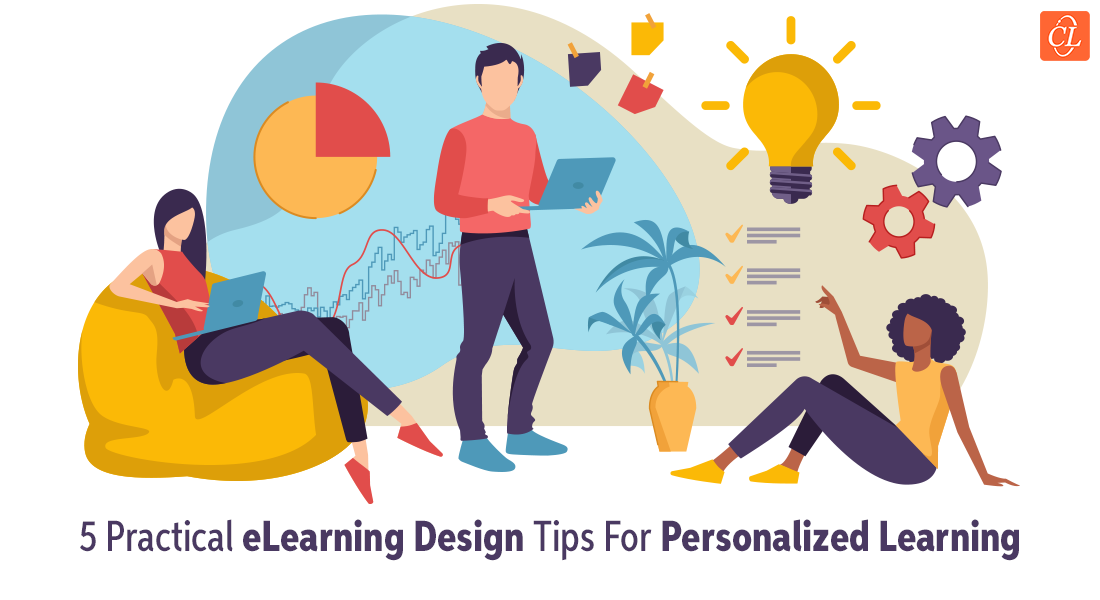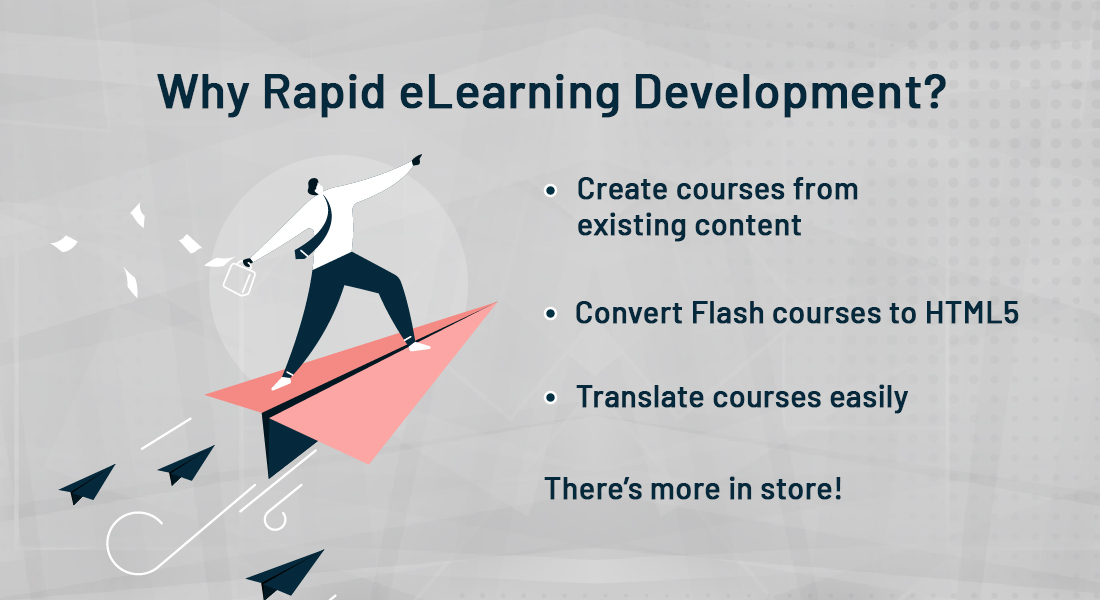4 Things an Instructional Designer Should Do!
This blog lists 4 essential things instructional designers do to create memorable learning experiences.

What does an instructional designer do? This is the biggest question asked by several people in the corporate world and in higher education institutions. The current education system is constantly changing and the educational materials need to be revised and updated based on these evolving trends. Revising content is not as simple as it looks; the entire process of learning has to be reshaped so that learners can retain the entire information. This is where an instructional designer’s role comes into play.
Instructional Designers (IDs) design instructional material using abstract and specific tools. Using abstract tools, IDs come up with a strategy which works best as an instruction methodology and also use an instructional design process consisting of various phases. The other part is the physical tool such as the LMS and authoring tools used to create instructions for the learning material. Let me explain this with an example.
The first thing I do after analyzing the content is, creating the instructional Design Document which is a high level plan specifying the global instructional approach. Organizations usually develop standalone courses and also curricula. So, you may need to take a decision on the instructional strategy based on the requirement. Then focus on the process which will help organize and create the content in a specific way. Then, I decide on the physical tool such as Articulate Storyline which can be used to create sophisticated and interactive eLearning courses, and finally end up developing the modules. Though it looks simple, it is actually quite complex. Let’s know more about what IDs do.
The biggest challenge faced by every Instructional Designer (ID) is keeping learners motivated throughout the eLearning course. eLearning courses must facilitate learning and they must be interactive and engaging.
To overcome this challenge, I would like to share four things an ID needs to do. They are:
1. Think of a Learner-centric Design
Gone are the days when companies used lengthy courses that were 2 to 3 hours long. Now, they prefer short modules for creating best learner experiences. For instance, when we create a course for medical representatives, it’s important to include only precise information about a particular drug instead of including information about all the drugs in a module. A busy medical representative, who needs to meet a physician, can quickly go through the required module of a particular drug on his mobile while travelling to the doctor’s clinic.
For this, design byte-size eLearning’s for quick reinforcement on the go! These learning nuggets can be accessed anytime, anywhere, on any device – PC or iPad, and can be used as ready reckoners before meeting a doctor. Use Explore &Learn, scenario-based, and guided learning strategies to make learning fun and engaging.
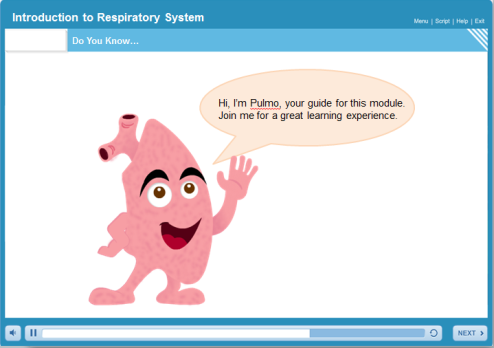
2. Focus on the Content
Every ID must try to enhance and make the content interesting and relatable to learners. . An interesting context or a real life scenario can be used to enhance learning. Here is an example from one of our courses.
We created a few situations such as how to open the conversation with a doctor, introduce the drug, and promote the drug that pharma sales representatives might face in a clinic. This training usually covers the soft skills needed to make a sale and is delivered by a senior sales trainer. The scenario enhances the representatives’ scientific and communication skills and improves the ability to handle queries and objections.
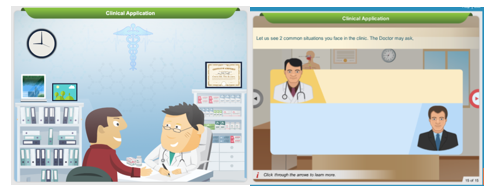
3. Design and Redesign
The best design is always achieved only after “n” iterations of redesigns and it’s safe to assume the first decision won’t always be the best. Don’t get too attached or emotional to the stuff you create, which can actually create problems for the learner. Don’t be afraid to scrap some element you are fond of. Ensure the eLearning content benefits the learner and the society. It’s now time to decide how you want to present your course and what interactivities you need to incorporate to keep your learners engaged.Here is an example.
We created animations for the mode of action of each drug. As the concept is highly technical, we used animations to help learners understand the subject. As all these modules are iPad compatible, we used .swf files to create animations which were converted into the mp4 format and embedded in Storyline.
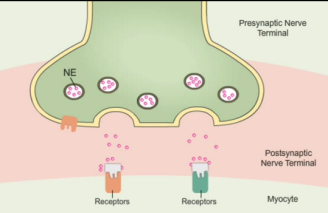
4. Solve a Problem
Experts always design a course such that it solves a problem. They apply instructional design concepts based on learners’ challenges. It is all about making someone’s life easier by helping him acquire knowledge and skills. A good design helps fulfill his learning needs and solves his problems. You can also help them obtain information through social learning on forums and social platforms, when the need arises. This has the advantage of learning whatever they want, at the moment of need.
To become a better ID, you should have a good knowledge of the authoring tools required to develop eLearning courses and how interactivities work with technology. It is important to stick to these fundamentals. What do you think? Do share your insights.



